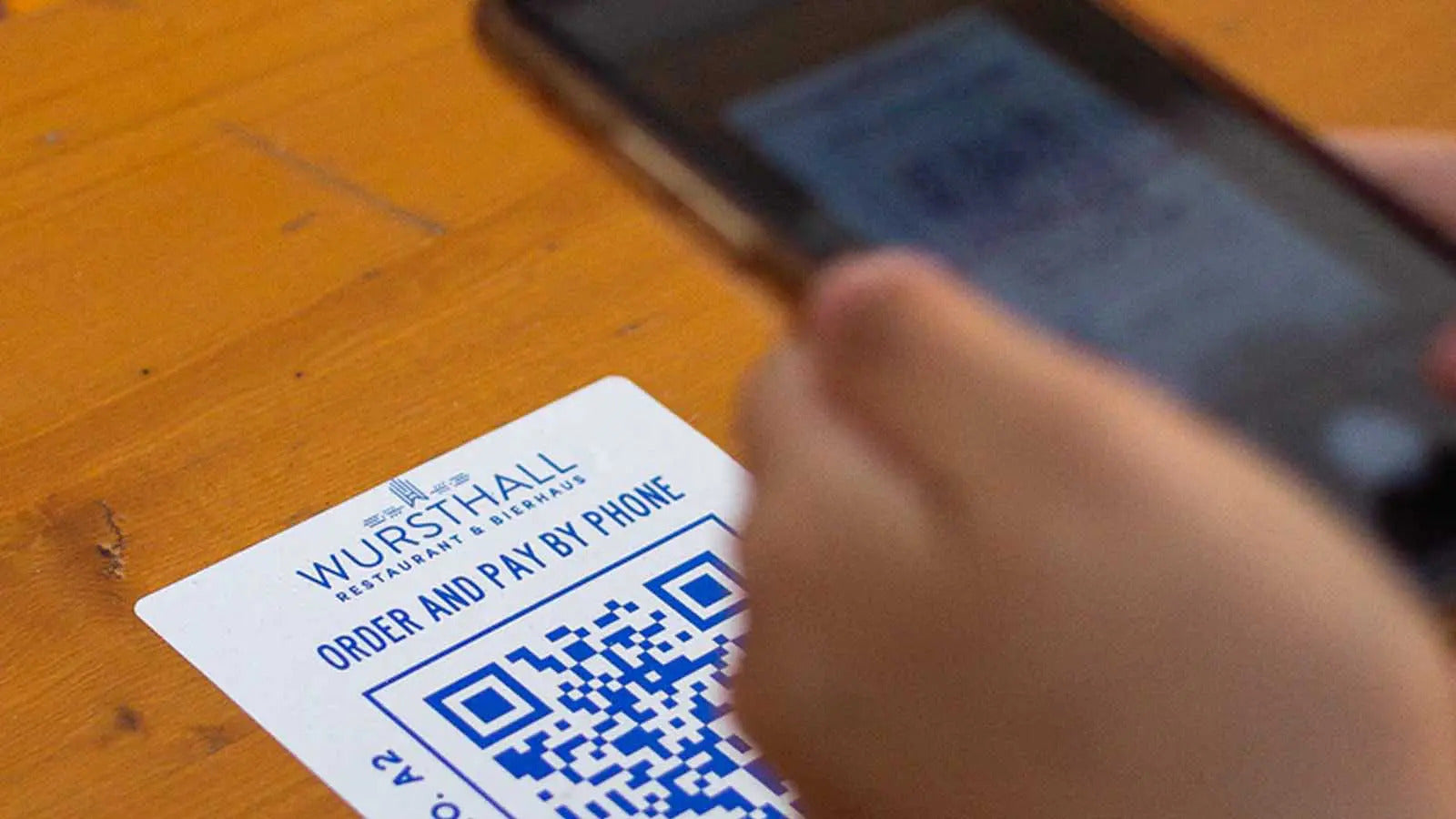The new post-pandemic restaurant experience puts safety at the forefront

The pandemic, followed by the Great Recession of 2020, took a toll on most industries worldwide and the restaurant industry was amongst those hit the hardest. According to the National Restaurant Association, more than 110,000 restaurants in the U.S. closed for business in 2020 with more than 2.5 million jobs erased from pre-pandemic levels. Many changes were made across the board by restaurant owners, in an effort to keep the shutters open for as long as possible. There was one common element in all the changes that were made: safety.
As we collectively navigate through the new normals brought on by the post-pandemic world, it is clear that some of the changes that were made in 2020 are here to last. That is largely due to the shift in consumer preferences, expectations, and sentiments with regard to safety. For instance, contactless technology remains front and center for many fast food establishments.
Operators of fast-food restaurants are continuing to drive sales through takeout and delivery. Research from Buyers Edge Platform shows that In April 2020, during the height of the shutdowns, disposable container orders were up 53.5 percent over pre-pandemic levels.
The orders for disposable containers still remain elevated, with orders for many establishments still 43 percent higher than pre-pandemic levels.
Operational costs have increased for restaurants post-pandemic, due to the increase in costs associated with sanitation processes. These costs include disinfectants, hand sanitizer, mask/PPE inventory, and of course—team members dedicated to ensure sanitation measures are being enforced. This is a practice that will stick around for the long haul, as 68 percent of customers appreciate seeing visual proof of enhanced cleaning and sanitizing procedures.
Many bars and restaurants are even going the extra mile by printing their menus on germ-resistant synthetic paper, by TerraSlate, a producer of waterproof and rip-proof paper with antimicrobial and antiviral nanocoating. Interestingly enough, TerraSlate’s Paper is also being used by the US Army, Navy, Marines, Air Force, and the Coast Guard in operations around the world. It acts just like laminated paper, without the need to laminate it, and can even be recycled.
Further, TerraSlate recently released an antimicrobial and anti-viral nanocoating for their menus. It uses a combination of high-grade silver and positively charged silver ions, giving their paper the innate ability to resist a wide assortment of bacteria, mildew, fungi, mold, and viruses.
“Customers have become more germ conscious than ever,” says TerraSlate founder, Kyle Ewing. “The advent of COVID has brought on new sanitizing habits that people have become accustomed to (such as washing hands, cleaning high-touch surfaces, etc.) and we believe that these new habits are here to stay.”
Restaurant designs, in general, have also changed, especially in larger metropolitan areas. There are lesser, and more spaced-out tables, allowing visitors to have more square feet of personal space. That places interior designers for newer establishments in the position to be more creative with outdoor seating, and more intimate nooks, in addition to more operable windows, better air circulation and air filtration to ensure greater safety in the main dining halls.
Interestingly enough, this isn’t the first time that restaurant design and protocols were changed in response to a pandemic. It was previously seen following the 1918 influenza pandemic, and many of the measures endured more than a century later. The use of white subway tile, porcelain, and linoleum flooring was incorporated to signify a clean space as Americans began to understand how germs spread and how to effectively sanitize.
There is also an obvious concern over food safety. It’s hardly a secret that the restaurant supply chain took a major hit through the course of the pandemic, which inherently raised potential issues tied to the safety of food, and the value of accurate tracing with regards to possible food safety recalls.
According to Food Safety Magazine, business insurance firms have a lot of invisible threats to consider in the supply chain, such as new operations, closed factories, remote workforces, weakened quality checks, decreases in regulatory visits, erratic supply chains, risk exposures, and more. Each of these factors can play a role in leaving a product contaminated, dangerous, and or defective.
The safety measures that were brought on by the pandemic may have initially been a bandaid to get by, but it is clear that many of the elevated measures are here to last, and newer establishments have the advantage of being created from the ground up with safety in mind. Now more than ever, the phrase “safety first” rings true for bars and restaurants that are looking to thrive in the post-pandemic world.
This article is property of and was written and is originally posted on the KnowTechie website. Link to original article.






